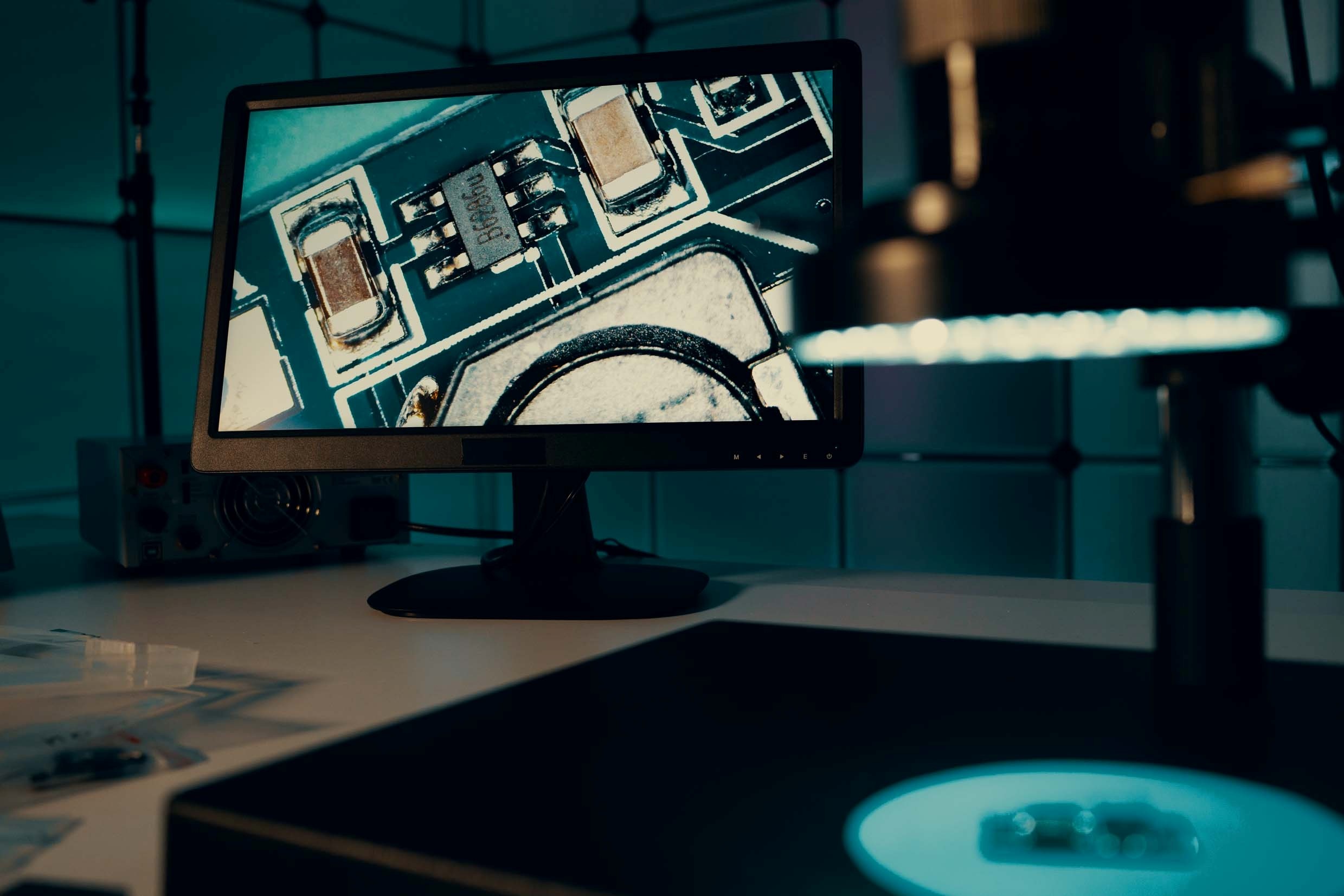Quality control is an essential step in producing products, but it’s especially crucial during the manufacturing of electronics and medical devices. Unfortunately, performing quality checks is not always cut and dry. When the product contains miniature components that cannot be observed easily with the naked eye or a magnifier, a digital inspection microscope is often the solution of choice to detect cracks and surface blemishes. This specialized industrial microscope enables inspectors to discover defects that could negatively impact the product’s performance or safety. Manufacturing professionals across a wide spectrum of industries can benefit from using digital microscopes to enhance the effectiveness of their quality checks.
Increased Flexibility
Digital microscopes make it easier to inspect a wider selection of samples. The high magnification levels and zoom functionality enable operators to analyze even the smallest components without strain. With some digital inspection microscopes the field of view can be enlarged to assemble individual image captures into one panoramic image, giving inspectors a single view of the entire product, no matter its size.
Operators can use the tilting function of the microscope to capture images of the sample’s surface at different angles. This makes it possible to detect imperfections without touching the item being inspected. Optional polarizing filters aid in minimizing reflection and glare to allow inspectors to see past glossy layers such as lamination. With one convenient tool, inspectors can ensure accurate quality checks every time.
Quick Inspections, Quick Repairs
Sometimes the most efficient way to deal with quality control issues is to resolve the problem immediately. When inspectors use digital microscopes, they can perform fast analyses, allowing for prompt repairs of defective items. Here’s how it works:
A monitor display a live image of the sample under the microscope, so the inspector will not have to worry about delays while performing their duties. If they detect an issue, they can repair or rework the item on the spot. Digital microscopes come with long working distances for smooth, unobstructed hand movements and sample manipulation. If the inspector does not perform the repairs themselves, they can use the shared monitor to show their colleagues where the quality issues lie.
Easy Collaboration
When multiple people are needed to analyze the quality of a product, a digital microscope is beneficial. It can project real-time images to a shared monitor for immediate viewing by a group of specialists. The large image display also makes training colleagues easier. Digital microscopes are also generally equipped with a photo capture feature, ideal for documenting any issues that may be identified.
Improved Ergonomics
Traditional stereo microscopes are not always ideal for repeated quality control checks because the operator must constantly lean over to peer into the eyepieces or through a magnifier. These positions can result in neck pain, shoulder pain, back pain and headaches. Using a digital microscope can ease the strain of poor work postures by displaying the magnified object on a monitor. Now, the inspector can sit upright while performing their quality control duties.
Digital Microscopes for Any Job
No matter an operator’s level of experience, they can quickly and accurately achieve imaging results that will allow them to perform rapid, reliable quality checks. Instead of trying to understand complicated microscopy procedures, they can focus on what they do best. If you’re interested in improving your quality control processes, get in touch with UNITRON for more information about our industrial inspection microscopes. We’ll ensure your team is equipped with the tools you need to quickly and effectively catch product defects.



